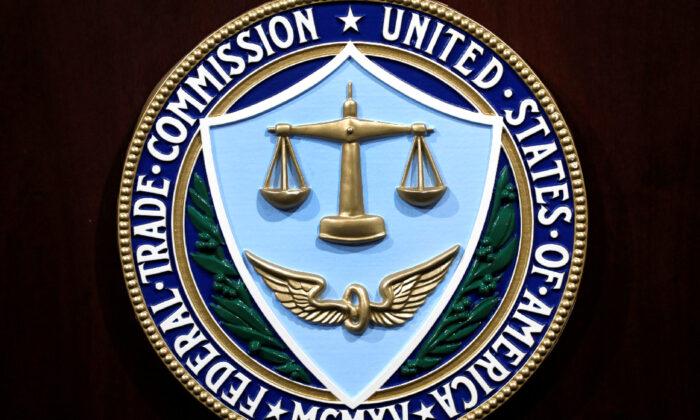More than 2.8 million consumers filed fraud reports with the FTC in 2021, an increase of $2.4 billion from 2020, with the most commonly reported complaint involving imposter scams, followed by online shopping scams.
Of the losses reported by consumers in 2021, more than $2.3 billion were because of imposter scams, such as romance scams and people falsely claiming to be the government or a relative in distress, of which $1.2 billion in losses were reported in 2020.
Online shopping accounted for roughly $392 million in reported consumers losses in 2021. In 2020, online shopping accounted for $246 million in losses.
Of the nearly 2.8 million fraud reports, about 25 percent indicated a financial loss, with a median loss of $500, according to the FTC.
Additional reports related to theft and complaints about other consumer issues, such as problems with credit bureaus, banks, and lenders, according to the FTC.
When it came to identity theft, there were nearly 1.43 million reports received by the FTC in 2021, up from nearly 1.39 million in 2020.
“Bank transfers and payments accounted for the highest aggregate losses reported in 2021 ($756 million), followed closely by Cryptocurrency ($750 million), while credit cards were most frequently identified as the payment method in fraud reports,” the FTC stated.
Regulators are struggling to tell police how the tokens are used and to prevent them from being utilized for criminal activity such as fraud, money laundering, market manipulation, and tax evasion.
The FTC said it found that younger people reported losing money to fraud more than older people in 2021.
Those aged 20 to 29 reported losing money to fraud in 41 percent of reports filed with the FTC, while individuals aged 70 to 79 reported losing money in 18 percent of such reports. People aged 80 and older reported fraud loss in 17 percent of reports.
However, the FTC noted that when older individuals lost money, it was typically around the $1,500 mark, three times more than younger individuals typically lost.





